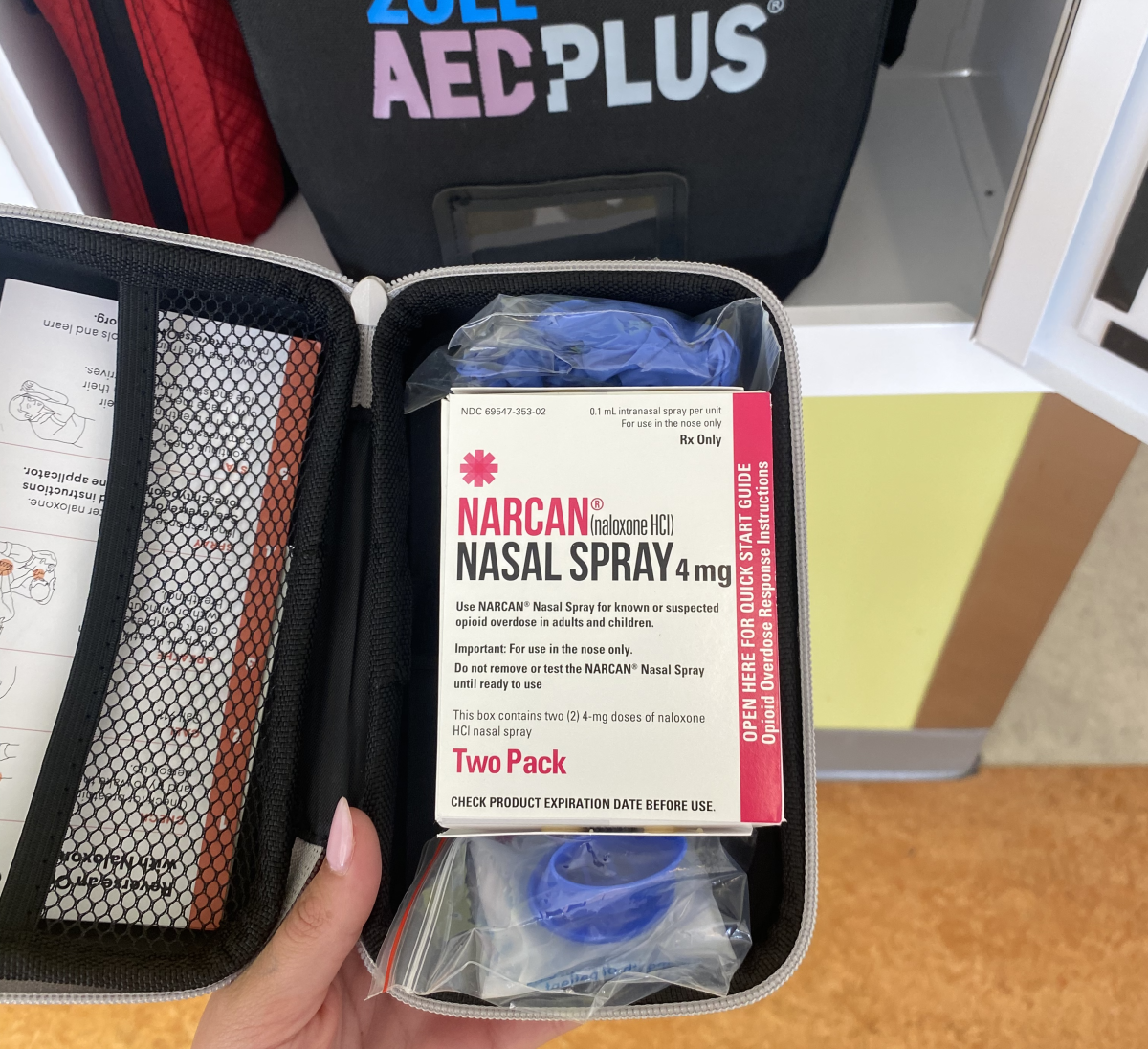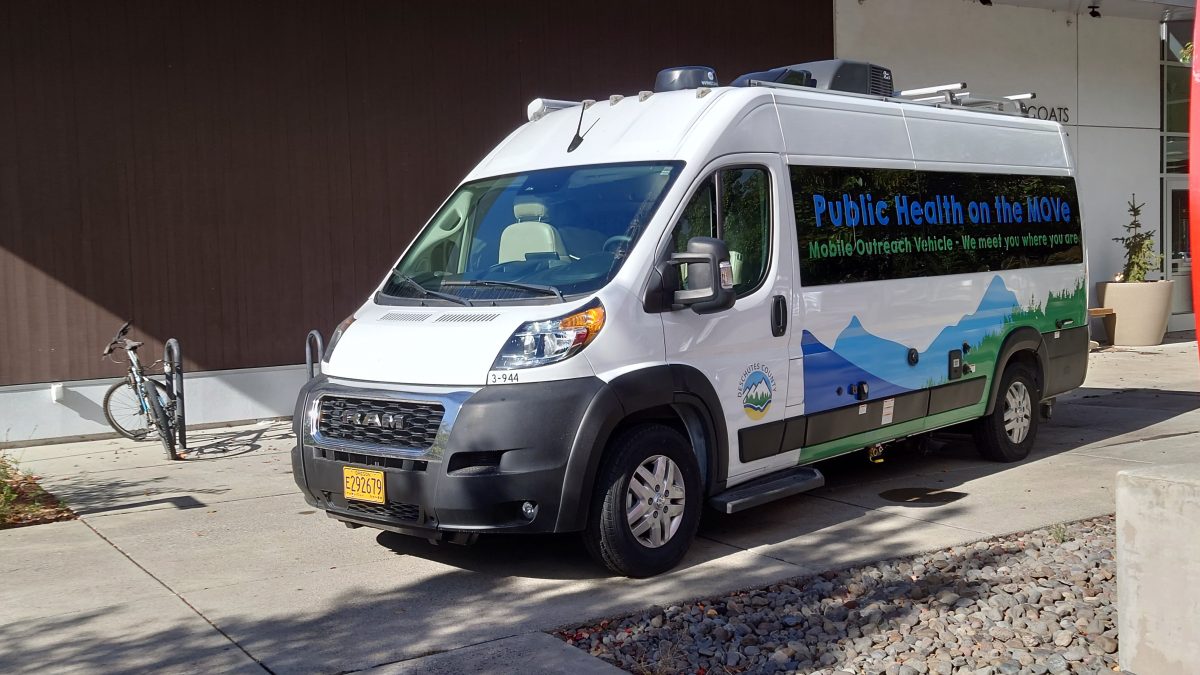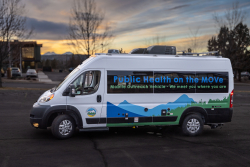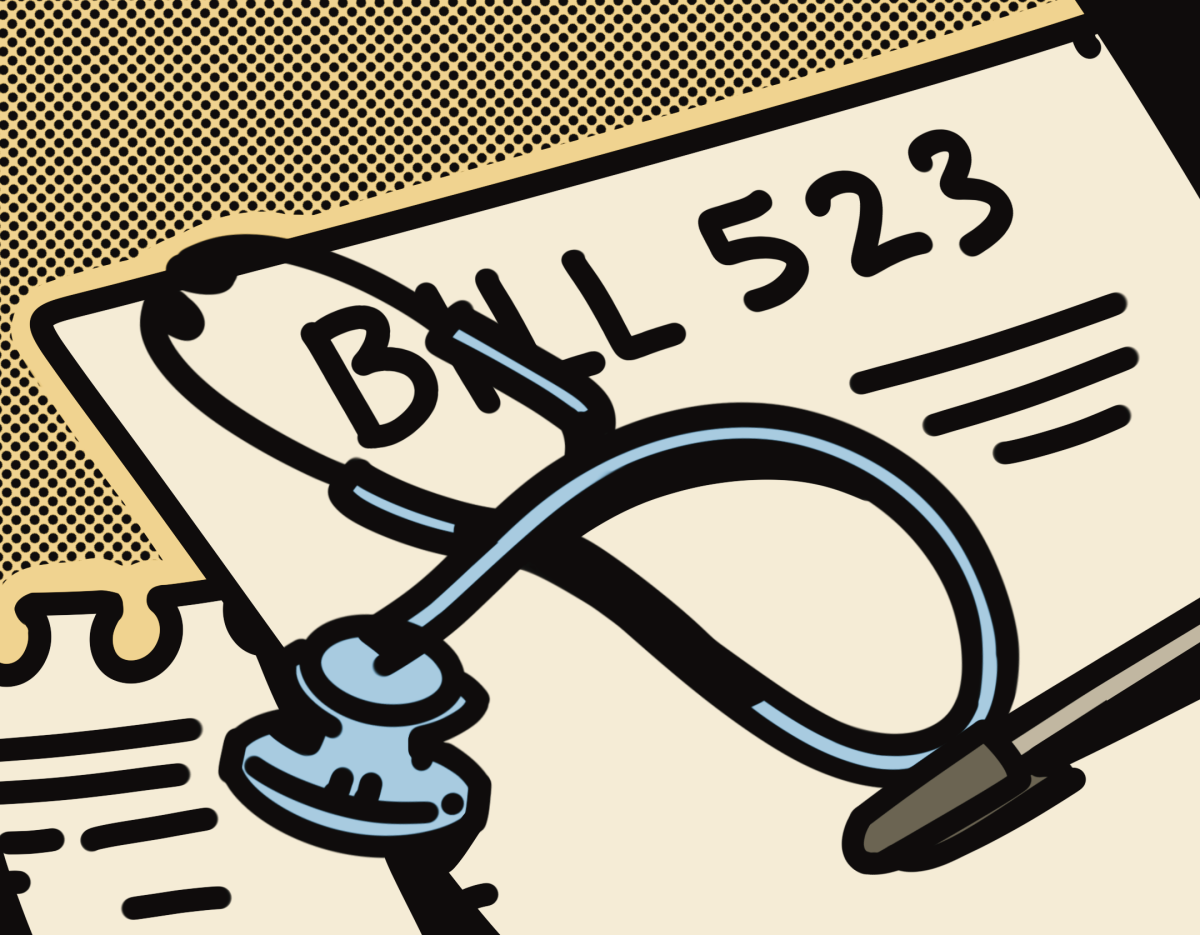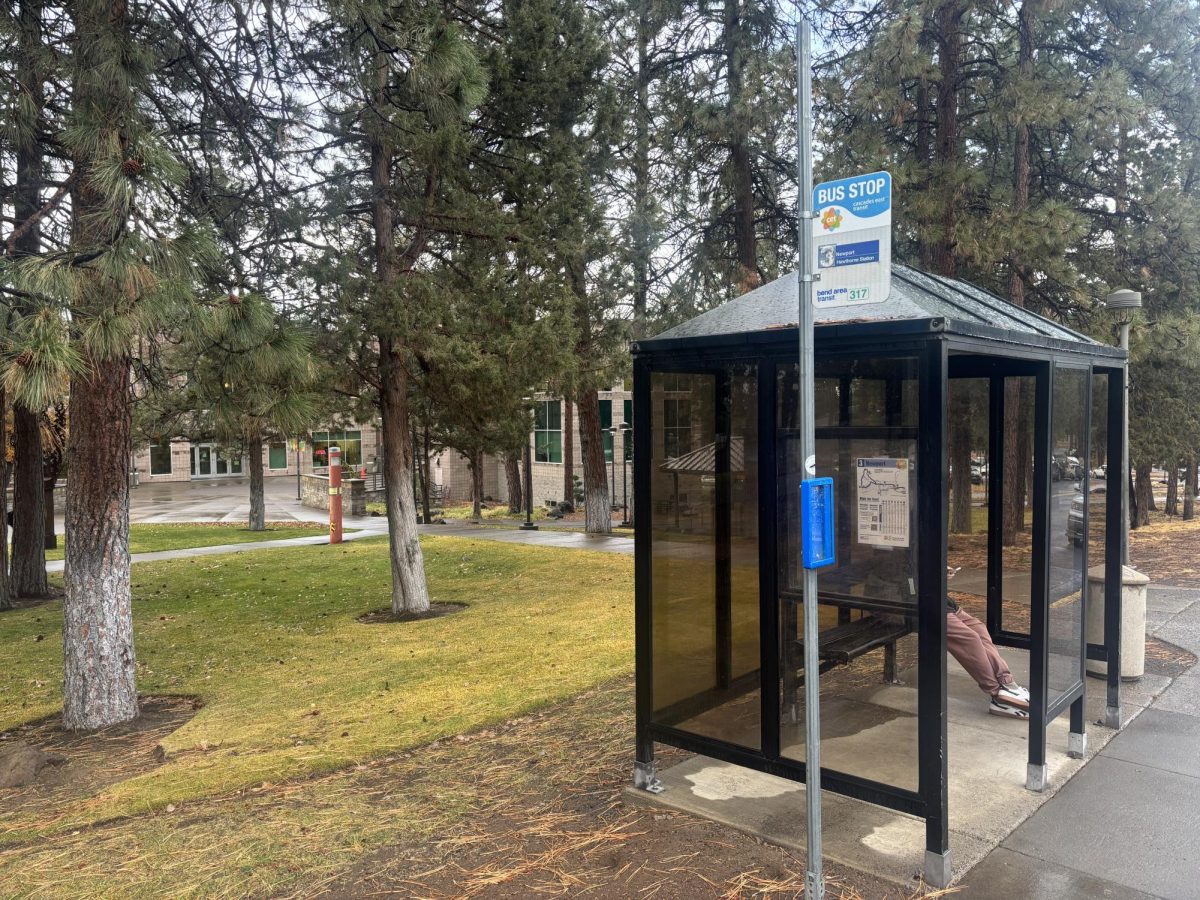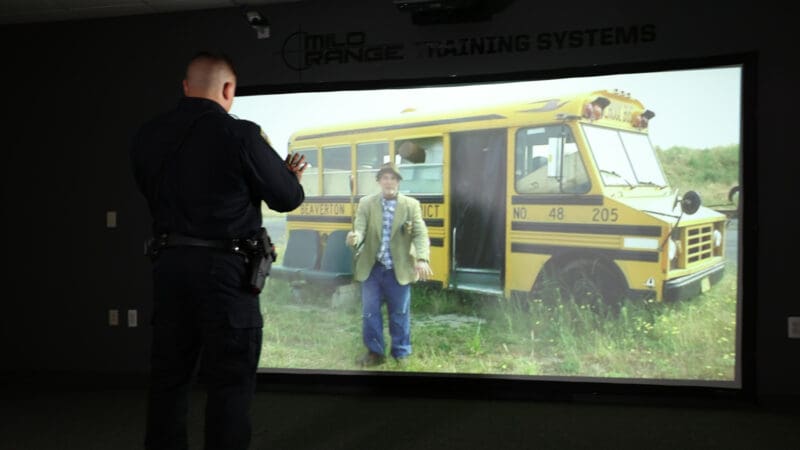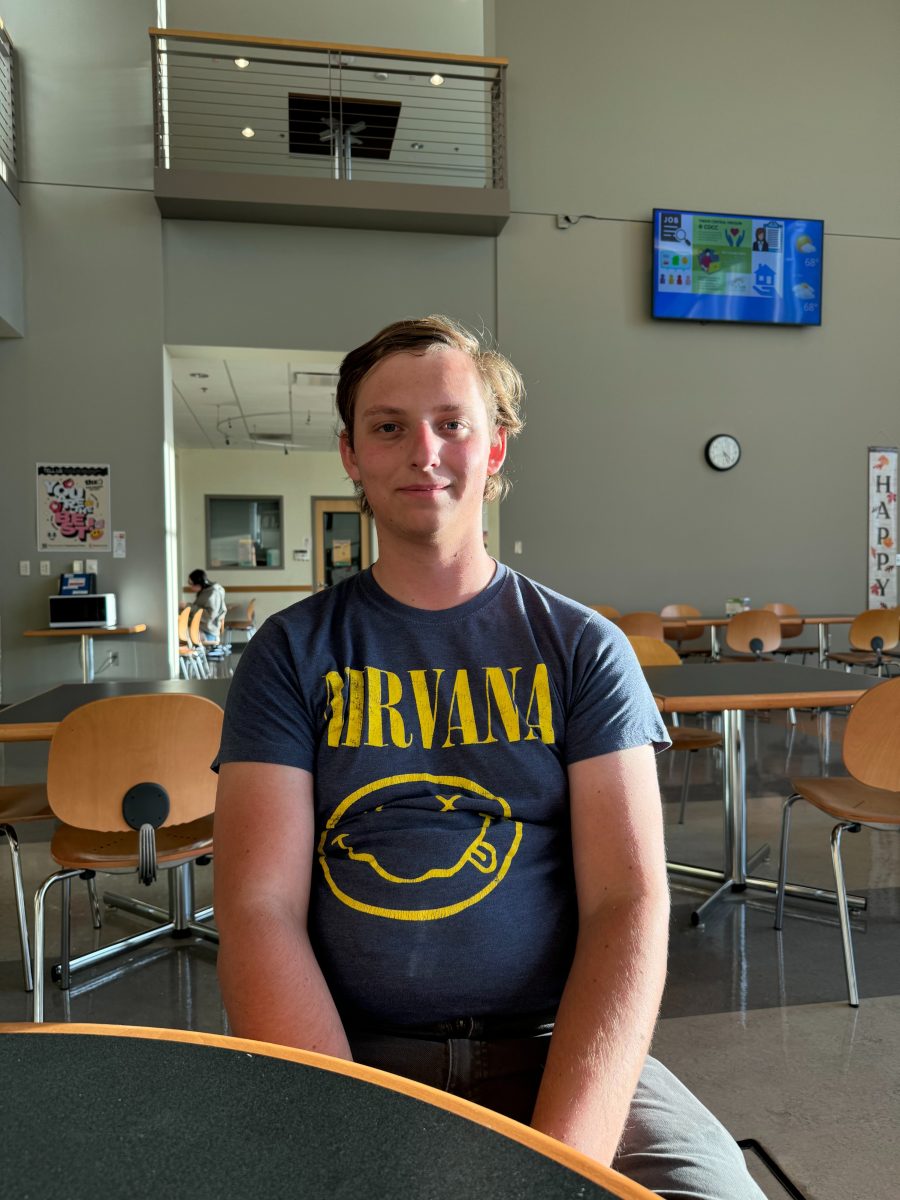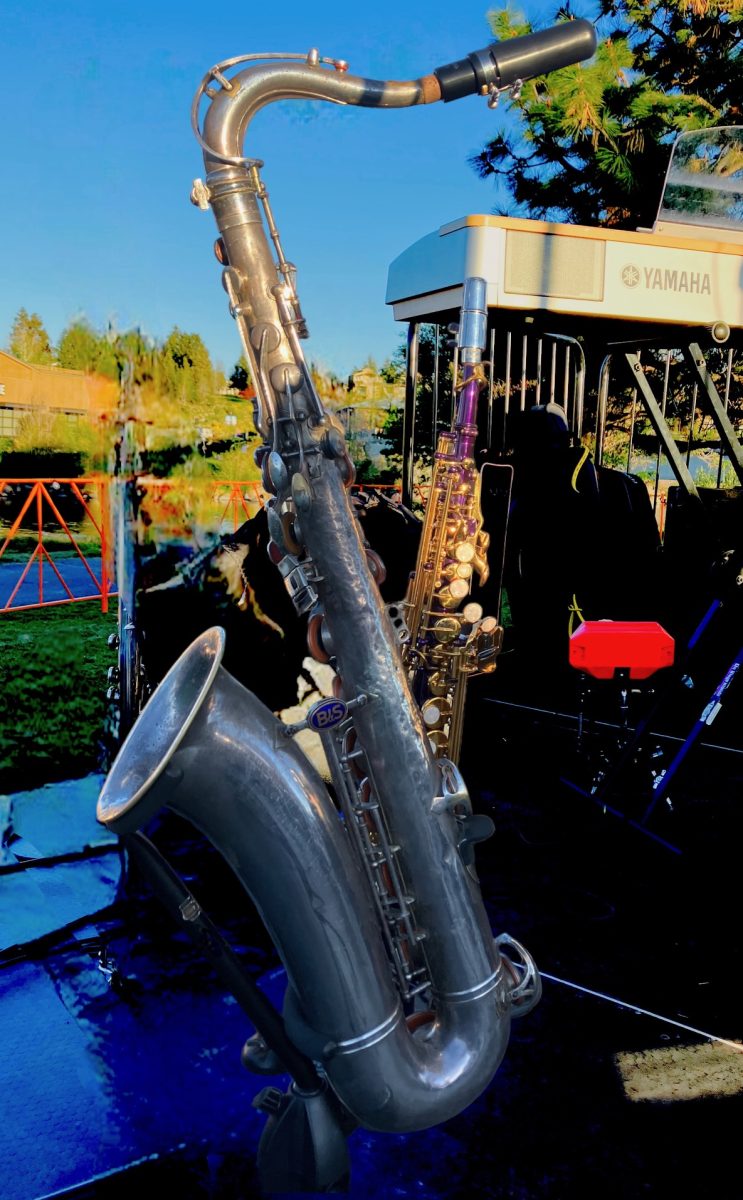Opioid overdoses have become more and more prevalent over the past few years. According to the Oregon Health Authority, 332 people in Oregon died of unintentional opioid overdoses last year. As opioid overdoses continue to rise, health officials are spreading the word about a nasal spray that can be used to reverse an overdose and potentially save a life.

Naloxone, commonly known as narcan, is used to prevent an opioid overdose. Naloxone blocks or reverses the effects of the opioids by attaching to a person’s opioid receptors. It can be administered in two different ways: nasal spray, or injection into a muscle. Naloxone is available to buy without a prescription and can be found at your local pharmacy, generally costing $130 per two doses.
At Central Oregon Community College, narcan nasal sprays are available to use by anyone and can be found in the emergency defibrillator located in every building on campus. The packaging includes step by step instructions on how to use the nasal spray. Campus service officers also have them on hand. Additionally, anyone over 18 may attend a narcan training session through Deschutes County’s harm reduction program.

Deschutes County’s harm reduction program has been around for six years, but more recently has focused on training people to use narcan. There are five harm reduction program events in Deschutes county every week: two in Bend, two in Redmond, and one in La Pine. During those events there are multiple services offered, including free narcan training and distribution.
The harm reduction program has held events at COCC in the past and hopes to do more in the future, but has no immediate plans. There is a need for safe harm reduction everywhere, but especially in places with a high risk of drug use, such as college campuses.
“Making sure that people are prepared to respond to overdoses is a key component,” said Scott Jones, a former COCC student and the harm reduction service coordinator for Deschutes County. Knowing where to find narcan and how to use it is extremely important as overdoses continue to happen in the community.
Recognizing when someone is having an overdose is another key component in being able to help them. Signs of an opioid overdose include: loss of consciousness, unresponsiveness, slow or inconsistent breathing, choking sounds, vomiting, discolored lips or fingernails, limp body, face is pale or clammy. If ever seeing someone display these symptoms call 911 immediately and then administer narcan. If you are unsure about whether someone is having an opioid overdose or not it is always better to assume they are. Narcan is not harmful if used on someone that doesn’t have opioids in their system and it will not leave any effects.


